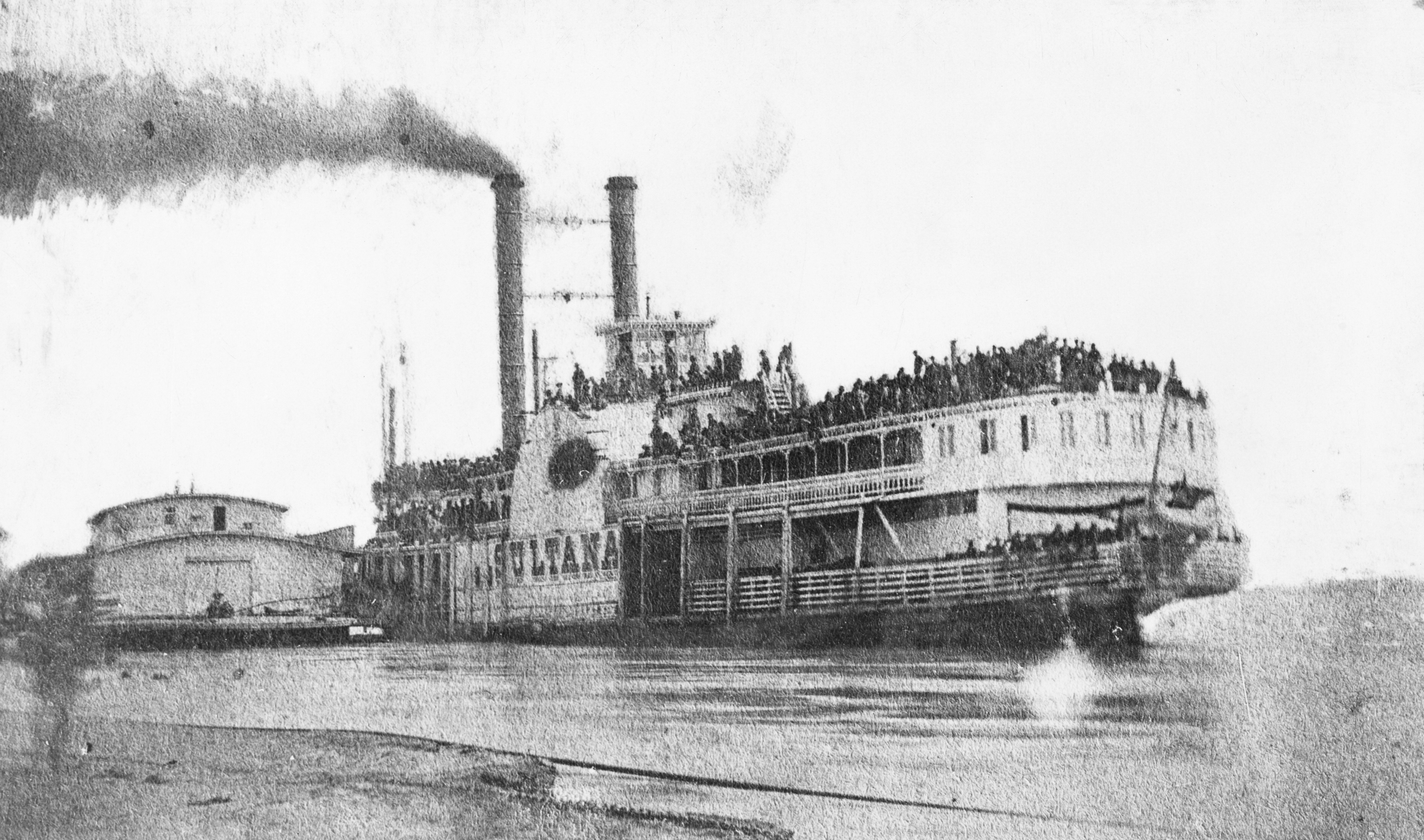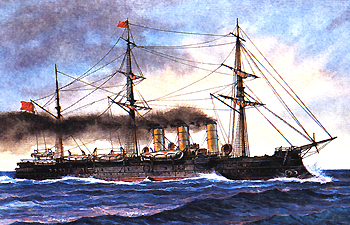

RMS Empress of Canada was an ocean liner built in 1920 for the Canadian Pacific Steamships (CP) by Fairfield Shipbuilding & Engineering Company at Govan on the Clyde in Scotland. This ship -- the first of two CP vessels to be named Empress of Canada -- regularly traversed the trans-Pacific route between the west coast of Canada and the Far East until 1939. This Empress was distinguished by the Royal Mail Ship (RMS) prefix in front of her name while in commercial service with Canadian Pacific. When not carrying mail, the ship would have been identified as SS Empress of Canada.
In 1920, Canadian Pacific Steamships ordered a new ship to be built by Fairfield Shipbuilding & Engineering Company at Govan near Glasgow in Scotland. This Empress was a 21,517 ton, 653 foot ocean liner. She undertook her maiden voyage on 5 May 1922. Based at the port of Vancouver, British Columbia, the first Empress of Canada was intended to provided service to Japan, Hong Kong, and China. Her sister ships included Empress of France and Empress of Britain.
Great Kantō earthquake
On 34 September 1923, the Empress of Canada arrived at Tokyo harbor -- just three days after the devastating Great Kantō Earthquake struck the city. She found that the Empress of Australia had been converted to a command post from which the British consul was directing relief work; and the Empress of Canada transported refugees to Kobe -- 587 Europeans, 31 Japanese, and 362 Chinese.
World War II
Following the outbreak of World War II in 1939, she was converted for use as a troopship. She carried ANZAC troops from New Zealand and from Australia to the war zones in Europe.
SS Empress of Australia's ballroom was cleared for sleeping as ANZAC troops are transported from the Antipodes to the war zones in the Northern Hemisphere. This specific image was captured at sea in January 1940 near Fremantle, Western Australia.

The return voyage from Europe was not less dangerous than the trip north had been. On 13 March 1943, while en route from Durban, South Africa to Takoradi carrying Italian prisoners of war along with Polish and Greek refugees, the SS Empress of Canada was torpedoed and sunk by the Italian submarine Leonardo Da Vinci approximately 400 miles (640 km) south of Cape Palmas off the coast of Africa. Of the approximate 1800 people on board, 392 died. Nearly half of the fatalities reported were Italian prisoners.







